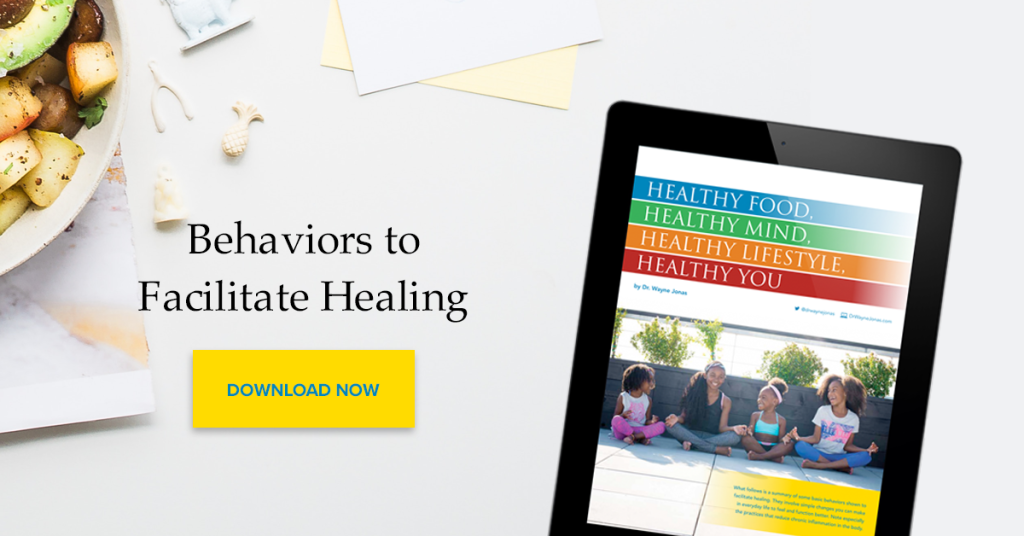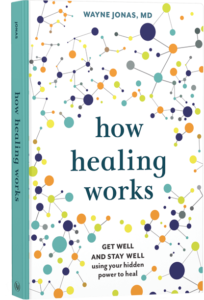On its face, depression seems like something we are all familiar with. You, or someone you know, are feeling down or “blue.” You’re dealing with a bout of sadness more prolonged than you’d like. But when does this feeling escalate to a diagnosable level?
Depression (major depressive disorder or clinical depression) is classified as a mood disorder that tends to incorporate sadness, apathy, and low energy. It is currently the leading cause of disability throughout the world, with nearly 300 million people suffering from depression. And while general feelings from sadness or grief can overlap with depression, the American Psychological Association makes a clinical distinction between these feelings stating, “If a person’s feelings of sadness last for two weeks or longer, and if they interfere with daily life activities, something more serious than ‘feeling blue’ may be going on.”
This prolongment of depressed emotions and its effect on mental health is a chief medical concern. The emotional pain that stems from depression can be quite impactful on a patient’s life, ranging from missing work and important life events to an increased risk of suicide. That’s why I consider it so important when I see a patient with pain to assess them as a whole person – not just focusing on their pain, but address all the symptoms that burden mental health.
Integrative Health Approaches
It is estimated that, when combined, pharmaceutical and behavioral interventions are effective in treating 60%-70% of people with depression, and much of this effect is due to simply getting treatment (i.e., the placebo effect). Additionally, pharmaceutical interventions can sometimes produce adverse effects and cannot be taken by certain patients (such as pregnant women). Integrating the use of evidence-based complementary interventions provides additional options for patients seeking non-drug approaches or for whom conventional forms of treatment do not work or are not wanted.
1. Light Therapy
In light therapy, you sit in front of a lamp (usually referred to as a light box) that emits light that is similar to natural sunlight. Light therapy is typically used with people who suffer from seasonal affective disorder (sometimes called winter blues or SAD) but may also be useful for clinical depression. Light emitted from the lamp affects chemicals in the brain linked to mood and sleep.
Evidence:
- A systematic review and meta-analysis (summary of studies) of the use of light therapy for patients with non-seasonal depression found that not only does light therapy have minimal side effects, but patients reported significant improvement in depressive symptoms.
- A study looking at the impact of light therapy on sleep and depression in older adults in long-term care homes found that there was a significant improvement in symptoms of depression among the study’s participants.
2. Exercise
Exercise has been shown to improve cognition, mood, emotional regulation, and motor function. The act of exercising can also increase social interaction (if done with others) and self-efficacy. The Mayo Clinic (and other organizations) support the use of exercise for symptom management among people with depression.
Evidence:
- A systematic review of randomized trials of exercise programs found that moderate, supervised aerobic activity three times a week for nine weeks improved depressive symptoms.
- A meta-analysis of randomized control trials with a total of 977 participants found that physical exercise is an effective modality for treating depression and is a useful adjunct to pharmaceutical interventions.
3. Yoga
Numerous studies attest to the benefits of yoga, a centuries-old mind-body practice, on a wide range of health-related conditions—particularly stress, mental health (including depression), and pain management.
Evidence:
- A randomized control study including 38 adults with mild to moderate depression found that an eight-week hatha yoga intervention clinically reduced depression symptoms.
- A systematic review of randomized control trials looking at yoga interventions for depression found that yoga improved depressive symptoms as much as taking an antidepressant drug.
- A twelve-week mindfulness-based yoga intervention for women with depression found that in comparison to those who participated in a walking group, those in the yoga group reported significantly lower levels of rumination (a frequent symptom of depression).

4. Mindfulness Meditation
Meditation is a practice that involves consciously exerting control over breathing and attending nonjudgmentally to the present moment. It produces multiple physiological and chemical effects such as decreased heart rate, blood pressure, and cortisol (stress hormone) levels.
Evidence:
- A meta-analysis of mindfulness-based approaches found they significantly reduce depressive symptoms and concluded that they are a promising approach for treating people suffering from clinical depression.
- A meta-analysis and systematic review looking at mindfulness-based cognitive therapy for depression found that those who had had three or more episodes of depression saw a significant reduction in recurrence of episodes.
5. Acupuncture
Acupuncture is a practice in which a trained specialist called an acupuncturist stimulates specific points on the skin called acupoints, usually with a needle. Stimulating acupoints increases the release of chemicals like endorphins (naturally-produced pain reducers) in the body and brain. These chemicals may directly impact how a person experiences pain.
Evidence:
- A meta-analysis of the use of acupuncture in conjunction with antidepressants for treating depression found that the combination was more effective than the use of antidepressants alone.
- A randomized, single-blind, placebo-controlled study looked at the impact of a twelve-week acupuncture intervention on the quality of life of patients with depression. The study found that those in the acupuncture group had significant improvement in eight quality of life domains including physical function, pain, energy, social and emotional function, and mental health.
6. Herbs and Supplements
Herbs and supplements involve taking a plant or pill, usually orally, to either maintain or improve an individual’s health. The most commonly used herbs and supplements used to treat depression are:
- John’s wort
- Saffron
- Omega-3 fatty acid (fish oil)
- MSM (Methylsulfonylmethane)
- 5-HT (5-hydroxytryptophan)
- SAMe (S-adenosyl methionine)
Talk To Your Doctor to Integrate These Practices
Always let your medical providers know what treatments you are using to improve your health. Never change your medications without consulting your providers. If your doctor does not know about or offer some of the complementary and integrative practices described in this article, give him or her a copy of this pocket guide and ask if you can work with them to integrate some of these methods into your treatment plan. In this way, you are both building a more holistic healthcare process for healing a chronic illness.

Your Health Into Your Own Hands
Drawing on 40 years of research and patient care, Dr. Wayne Jonas explains how 80 percent of healing occurs organically and how to activate the healing process.

